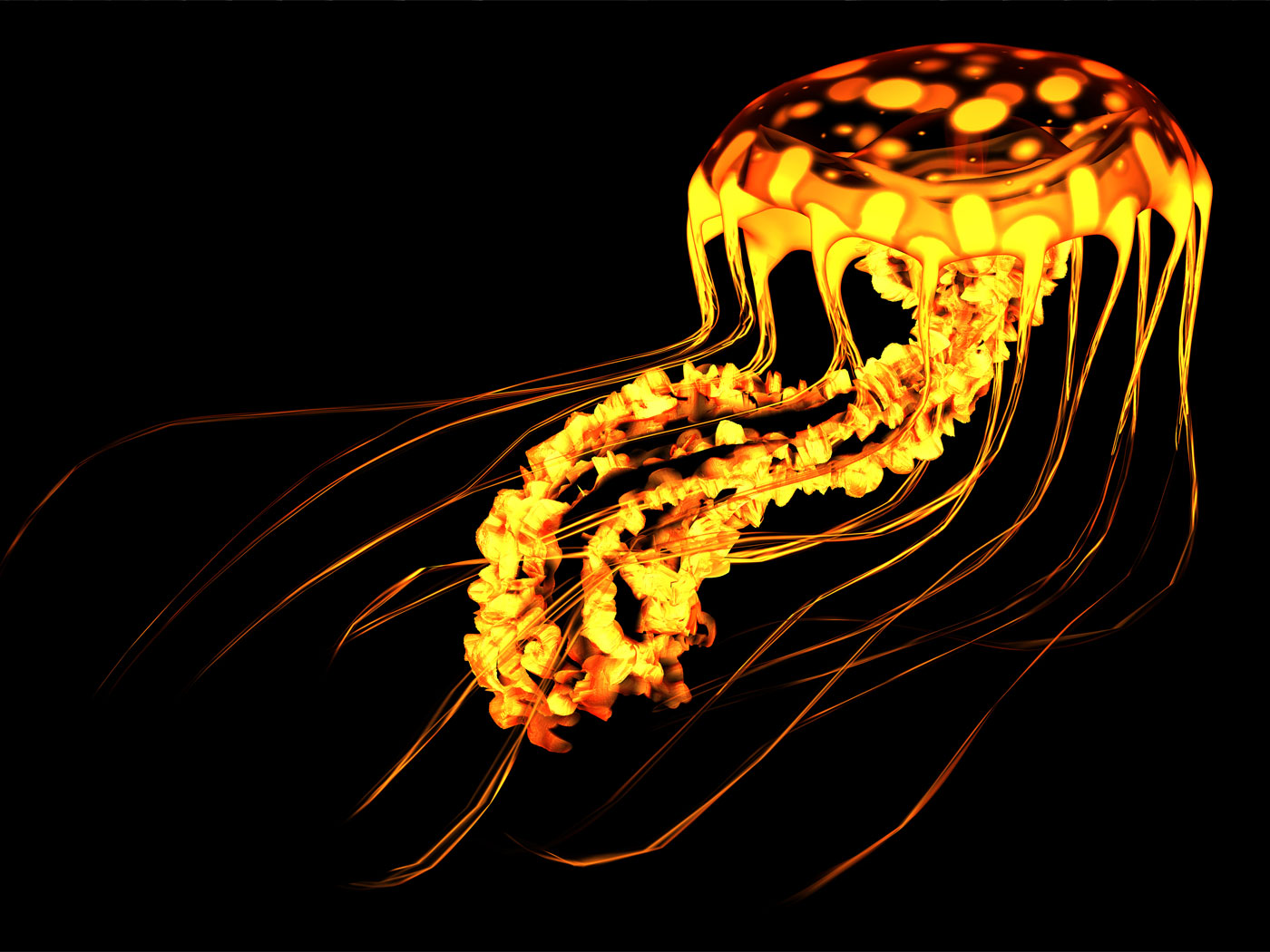Secular scientists are excited about the recent detection of seven Earth-size planets in the constellation Aquarius, a nearby solar system. According to the report, three of the planets orbit a parent star, called TRAPPIST-1, at a distance that would allow water to exist on their surface.1
Many evolutionists are giddy with the suggestion that life on one or more of these planets is just around the corner. But this wholly unwarranted extrapolation lies far beyond the known facts. Just because a planet may be positioned for surface water to exist doesn't mean water is there. Even if liquid water is present does not mean complex organic life is even remotely possible. Evolutionists know the serious biochemical problems of getting life to arise spontaneously from an aquatic environment. Water's structure causes interfering side reactions that would prevent, not promote, the simplistic "just add water" idea of life's origin. In addition, spontaneous-forming molecules could never put themselves together to produce a living cell; such an event requires purpose, plan, and special creation. Such an event is nothing less than miraculous.
Exoplanets (planets orbiting a star different from our Sun) have a less than stellar track record when it comes to harboring life. The reasons are legion.2 For starters, there are dozens of habitability requirements that need be followed to the letter in order for life to exist and thrive.
Regardless, NASA chief scientist Thomas Zurbuchen said, "The discovery gives us a hint that finding a second Earth is not just a matter of if, but when."1 Other evolutionary scientists might contest such effusive optimism with a long list of sobering habitability zone requirements:
There are many factors that would make a star system too hostile for life to even get started, let alone survive for any period long enough to evolve. So what sort of star provides the perfect conditions for a habitable planet elsewhere in the universe?3
Skeptics ask, do any of these planets have a moon that helps stabilize the planet's rotational axis? If so, does the moon cause tides that are just right for the mixing of water (Tidal Habitable Zone)? Life on Earth depends on our Moon for that and other reasons.4 Liquid water can only exist within the Circumstellar Habitable Zone. These three planets must be the right radius from TRAPPIST-1 for water to exist on them.
What about the rotations of these planets?
Life can't exist on a planet that rotates too fast or slow. This is yet another Goldilocks problem for astrobiologists to consider.5
Are these planets shielded with a magnetic field that protects them from life-damaging rays from TRAPPIST-1?
The philosophy of naturalism is seen in the scientists' appeal to deep evolutionary time: "TRAPPIST-1 is at least 500 million years old," and "it will live for another 10 trillion years," and a convenient exit if life is not found, "Even if the planets do not have life now, it could evolve."1
Throughout the article words such as "could," "believed," "prospect," "hope," "maybe," "possible," and "even if" appear.1 This is wishful speculation, not empirical science.
When the smoke and hype have cleared what remains is only that astronomers simply discovered seven roughly Earth-size planets orbiting a star. Creationists are delighted to discover new worlds that God created for His glory.
References
- Klotz, I. Astronomers find seven Earth-size planets where life is possible. Reuters. Posted on reuters.com February 22, 2017, accessed February 23, 2017.
- Ward, P. and D. Brownlee. 2000. Rare Earth: Why complex life is uncommon in the universe. New York: Copernicus Books.
- Nicholson, B. For life to form on a planet it needs to orbit the right kind of star. PhysOrg. Posted on phys.org December 2, 2014, accessed February 23, 2017.
- Knight, C. and A. Butler. 2005. Who Built the Moon? London: Watkins Publishing.
- Doyle, A. Rotation of Planets Influences Habitability. Astrobiology. Posted on astrobio.net Aug 7, 2014, accessed February 24, 2017.
Image credit: Copyright © 2017 Reuters/NASA/JPL-Caltech. Adapted for use in accordance with federal copyright (fair use doctrine) law. Usage by ICR does not imply endorsement of copyright holder.
* Mr. Sherwin is Research Associate, Senior Lecturer, and Science Writer at the Institute for Creation Research.
Article posted on February 24, 2017.


















